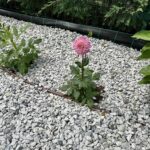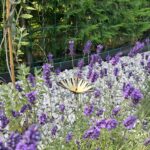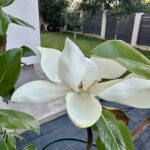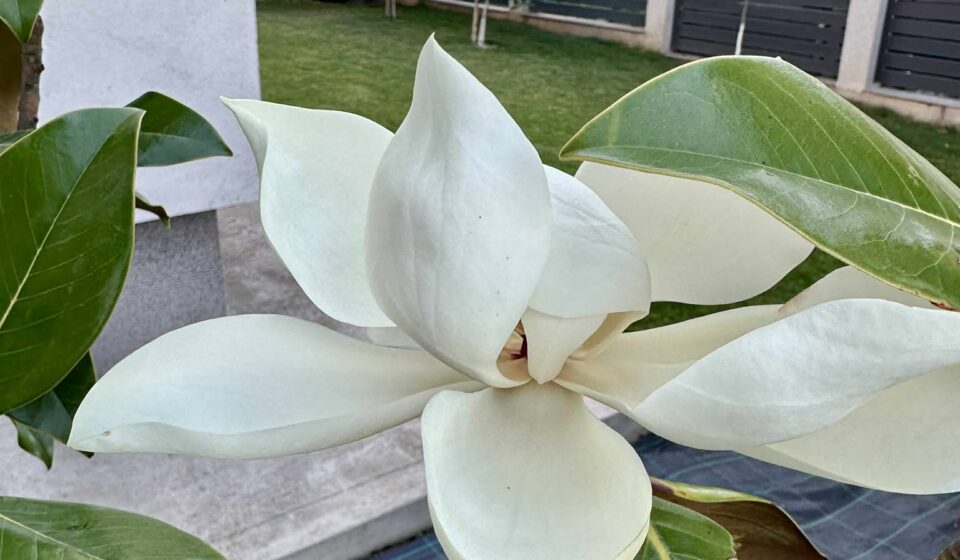
Magnolia Grandiflora: How to Grow, Care For, and Love This Southern Beauty
Magnolia grandiflora is the queen of flowering trees—fragrant, evergreen, and elegant. Learn how to grow, care for, and enjoy this timeless classic in your garden.
Table Of Content
- 🌿 Meet Magnolia Grandiflora – The Evergreen Queen
- 📖 A Quick Background
- 🌸 What Makes It So Special?
- 🌱 Popular Magnolia Grandiflora Cultivars
- 🌟 ‘Little Gem’
- 🌟 ‘Teddy Bear’
- 🌟 ‘Bracken’s Brown Beauty’
- ☀️ Where to Plant It
- 🌿 How to Plant Magnolia Grandiflora
- 💧 Maintenance & Care Tips
- 💦 Watering
- ✂️ Pruning
- 🍂 Fertilizing
- 🐛 Pests & Problems
- 🌼 Companion Plants That Pair Beautifully
- 🏡 Can You Grow It in a Pot?
- ✅ Final Thoughts
🌿 Meet Magnolia Grandiflora – The Evergreen Queen
There’s something undeniably majestic about a Magnolia grandiflora. From its massive creamy-white blooms to its shiny dark green leaves, this iconic Southern tree has found its way into gardens around the world—and for good reason.
Not only does it bloom beautifully in early summer, but it also stays green all year round, making it a rare gem among flowering trees. Whether you want a standalone statement tree, a natural privacy screen, or just a touch of elegance, Magnolia grandiflora might be the perfect fit.
📖 A Quick Background
- Scientific name: Magnolia grandiflora
- Common names: Southern Magnolia, Bull Bay
- Native to: Southeastern United States
- Type: Evergreen tree
- Mature size: 20–80 ft tall, 20–40 ft wide (depending on variety)
- Hardiness: USDA zones 6–10
It’s one of the oldest flowering plant species still around today—magnolias existed even before bees evolved! How cool is that?
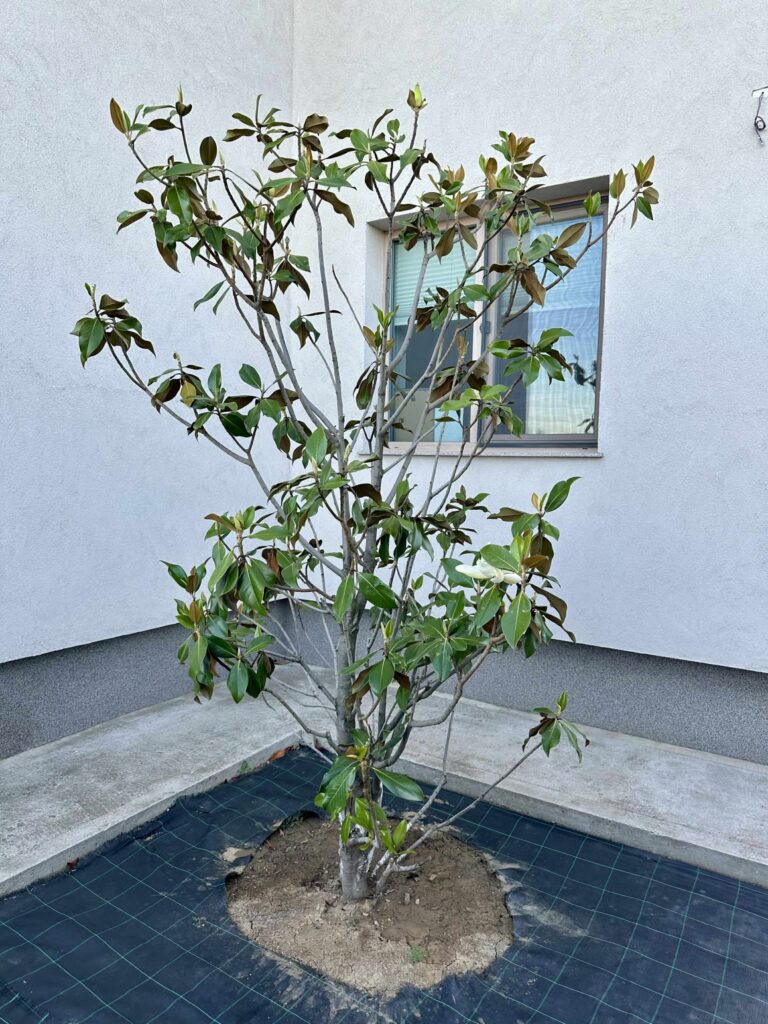
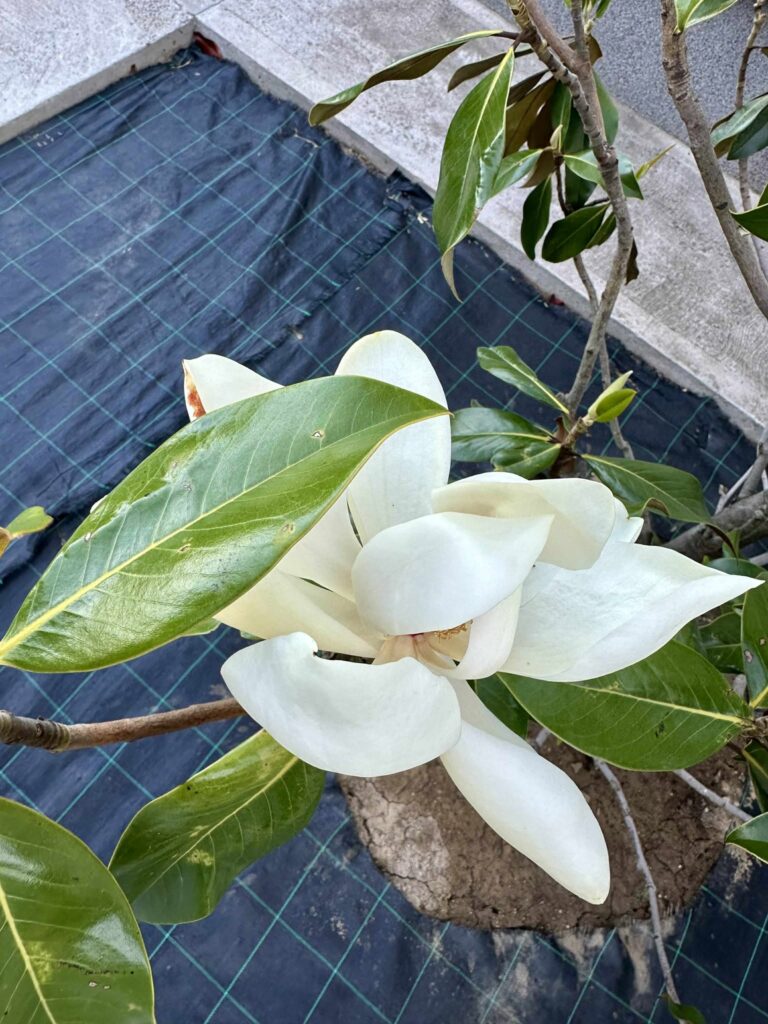
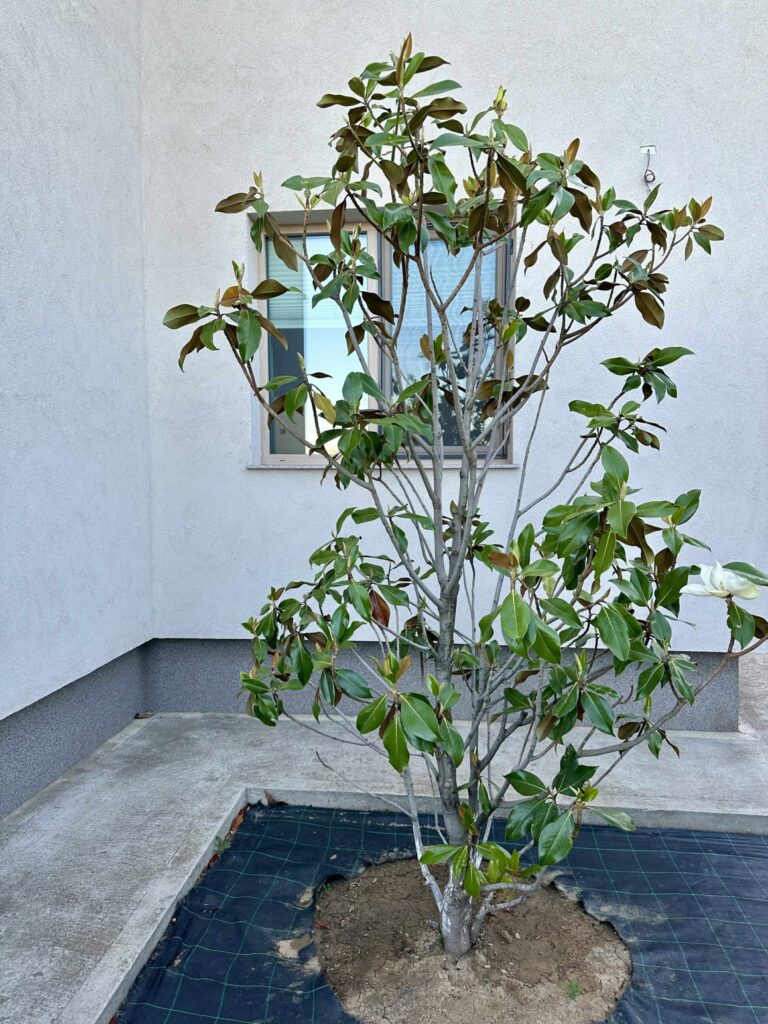
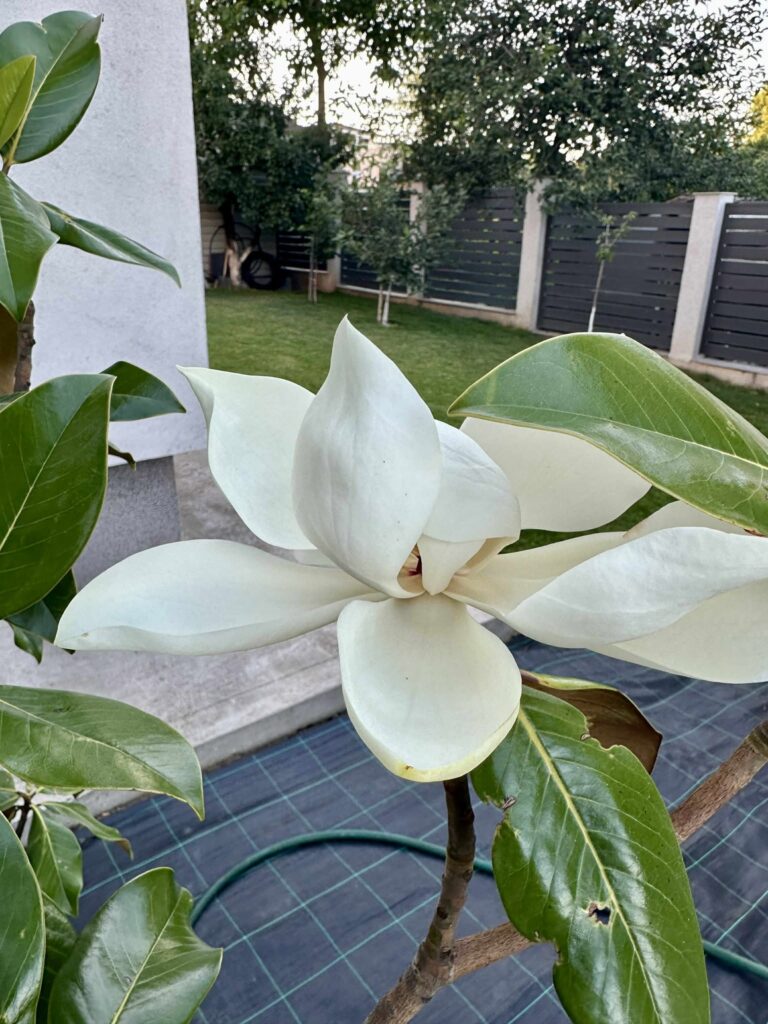
🌸 What Makes It So Special?
- Huge, fragrant white flowers (8–12 inches across!)
- Evergreen foliage that stays glossy and green through winter
- Cone-shaped seed pods that attract birds
- Makes for an elegant shade tree or privacy screen
- Drought tolerant once established
- Works well in both formal and naturalistic gardens
🌱 Popular Magnolia Grandiflora Cultivars
If the classic version seems too large for your space, don’t worry—there are compact cultivars too:
🌟 ‘Little Gem’
- Grows up to 20 ft
- Blooms early and often
- Perfect for smaller yards or large containers
🌟 ‘Teddy Bear’
- Compact and upright
- Dense growth and large flowers
- Great for hedges or tight urban gardens
🌟 ‘Bracken’s Brown Beauty’
- Cold-hardy (even zone 5b with protection)
- Strong branching and rich brown undersides on the leaves
- Popular for northern climates
✨ Bonus: All varieties are great as focal points or for framing entryways.
☀️ Where to Plant It
Magnolia grandiflora loves:
- Full sun to partial shade (6+ hours of direct sun preferred)
- Well-drained, slightly acidic soil
- Sheltered locations, especially in colder zones
It’s not picky, but it does best where it has room to spread—don’t crowd it too close to other trees or buildings.
🌬️ Tip: In windy areas, plant near a fence or building to protect the branches from snapping.
🌿 How to Plant Magnolia Grandiflora
- Dig a hole twice as wide as the root ball
- Make sure it’s no deeper than the top of the root ball
- Backfill with native soil (no need for fancy mixes)
- Water deeply and mulch with bark or pine straw
- Keep the mulch 2–3 inches away from the trunk to prevent rot
💧 Maintenance & Care Tips
Magnolia grandiflora is relatively low maintenance once it’s established, but here are some pointers:
💦 Watering
- Keep soil moist during the first 1–2 years
- Once mature, it’s drought-tolerant
- Deep watering is better than frequent light watering
✂️ Pruning
- Minimal pruning needed
- Remove dead/damaged branches in late winter or early spring
- For shaping, prune right after flowering
🍂 Fertilizing
- Feed with a slow-release, acid-loving plant fertilizer in early spring
- Avoid over-fertilizing—too much nitrogen = fewer flowers
🐛 Pests & Problems
Generally pest-resistant, but keep an eye out for:
- Scale insects – check leaves for sticky residue
- Leaf spot or black sooty mold – often related to pest activity
- Wind damage – younger trees can be fragile
🌱 Good news: Deer usually leave them alone!
🌼 Companion Plants That Pair Beautifully
Magnolia grandiflora looks amazing with:
- Azaleas and rhododendrons
- Hostas, ferns, and other shade lovers
- Hydrangeas for a lush, Southern garden feel
- Groundcovers like creeping phlox or mondo grass
Use underplanting to create a rich, layered garden look.
🏡 Can You Grow It in a Pot?
Yes, if you pick a dwarf variety like ‘Little Gem’ and have a large enough container. Keep in mind:
- Needs regular watering
- Winter protection in colder zones
- Prune roots every few years
It’s great for balconies or patios with enough sun!
✅ Final Thoughts
Magnolia grandiflora isn’t just a tree—it’s a statement. With its glossy evergreen leaves and breathtaking blooms, it brings year-round beauty to any garden. Whether you go big with a full-sized variety or keep it cozy with a compact cultivar, you’ll be planting elegance, fragrance, and history all in one.


